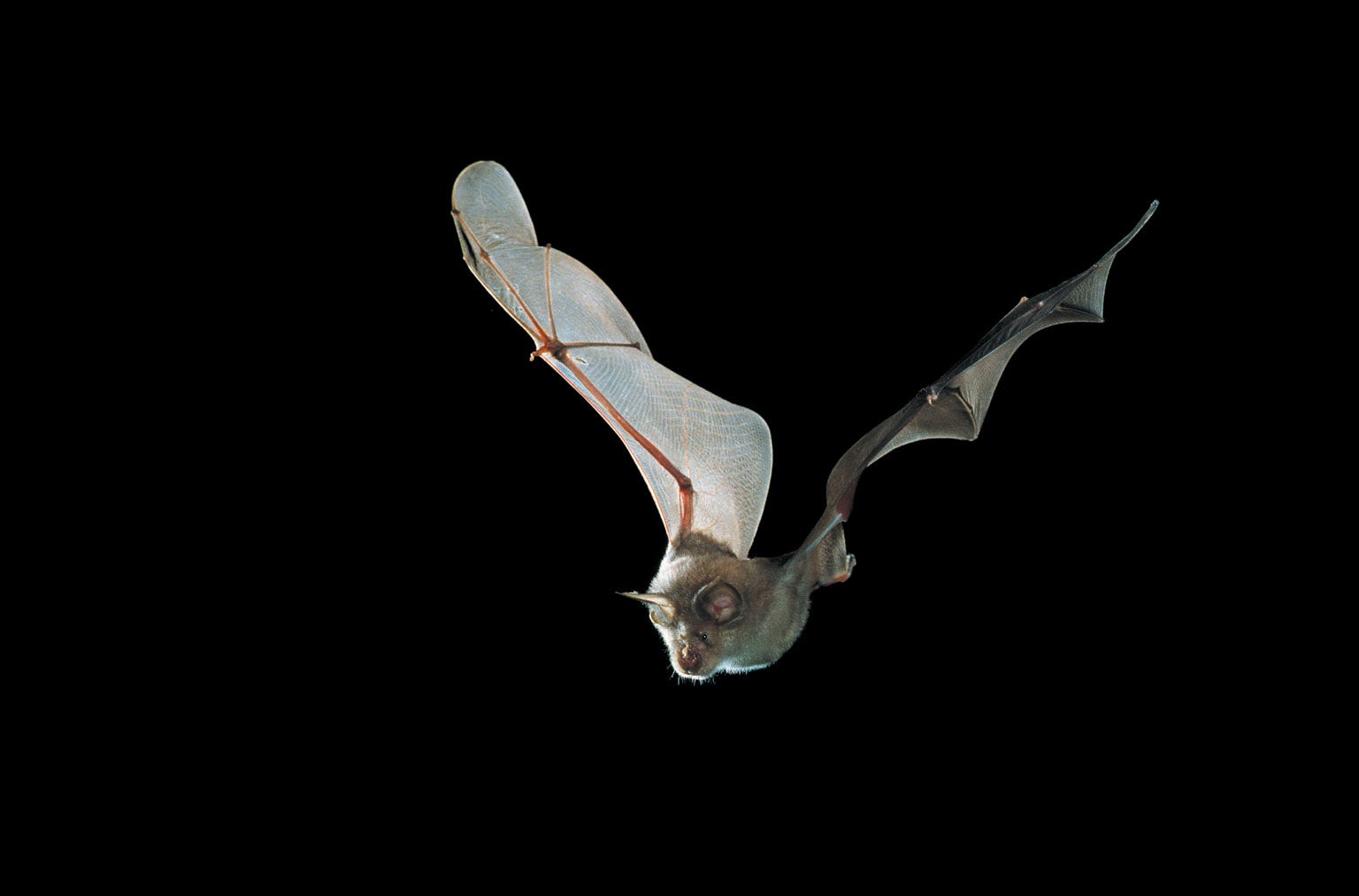Astronomers using NASA’s Transiting Exoplanet Survey Satellite (TESS) have discovered a unique object of uncertain nature — possibly a disintegrating asteroid or minor planet — orbiting one star in the widely separated binary system TIC 400799224.
This color image from the DECam Plane Survey shows TIC 400799224. Image credit: Powell et al., doi: 10.3847/1538-3881/ac2c81.
TIC 400799224 is located approximately 2,365 light-years (725 parsecs) away in the constellation of Carina.
Also known as Gaia EDR3 5238414793089292160, 2MASS 11095818-6645149 and ALLWISE J110958.16-664514.8, this system consists of two stars of similar brightness separated by about 300 AU.
Harvard-Smithsonian Center for Astrophysics astronomer Karen Collins and colleagues initially identified the system in TESS data because of its rapid drop in brightness, by nearly 25% in just a few four hours.
They then studied TIC 400799224 with a variety of facilities, including Las Cumbres Observatory, the CHIRON spectrograph on the 1.5-m telescope at Cerro Tololo Inter-American Observatory, and the Southern Astrophysical Research Telescope.
They found that one of the stars in the system pulsates with a 19.77 day period, probably from an orbiting body that periodically emits clouds of dust that occult the star.
“But while the periodicity is strict, the dust occultations of the star are erratic in their shapes, depths, and durations, and are detectable — at least from the ground — only about one-third of the time or less,” they said.
“The nature of the orbiting body itself is puzzling because the quantity of dust emitted is large.”
“If it were produced by the disintegration of an object like the dwarf planet Ceres in our Solar System, it would survive only about 8,000 years before disappearing.”
“Yet remarkably, over the six years that this object has been observed, the periodicity has remained strict and the object emitting the dust apparently has remained intact.”
“We plan to continue monitoring the object and to incorporate historical observations of the sky to try to determine its variations over many decades.”
A paper on the findings was published in the Astronomical Journal.
_____
Brian P. Powell et al. 2021. Mysterious Dust-emitting Object Orbiting TIC 400799224. AJ 162, 299; doi: 10.3847/1538-3881/ac2c81
Note: This article have been indexed to our site. We do not claim legitimacy, ownership or copyright of any of the content above. To see the article at original source Click Here













